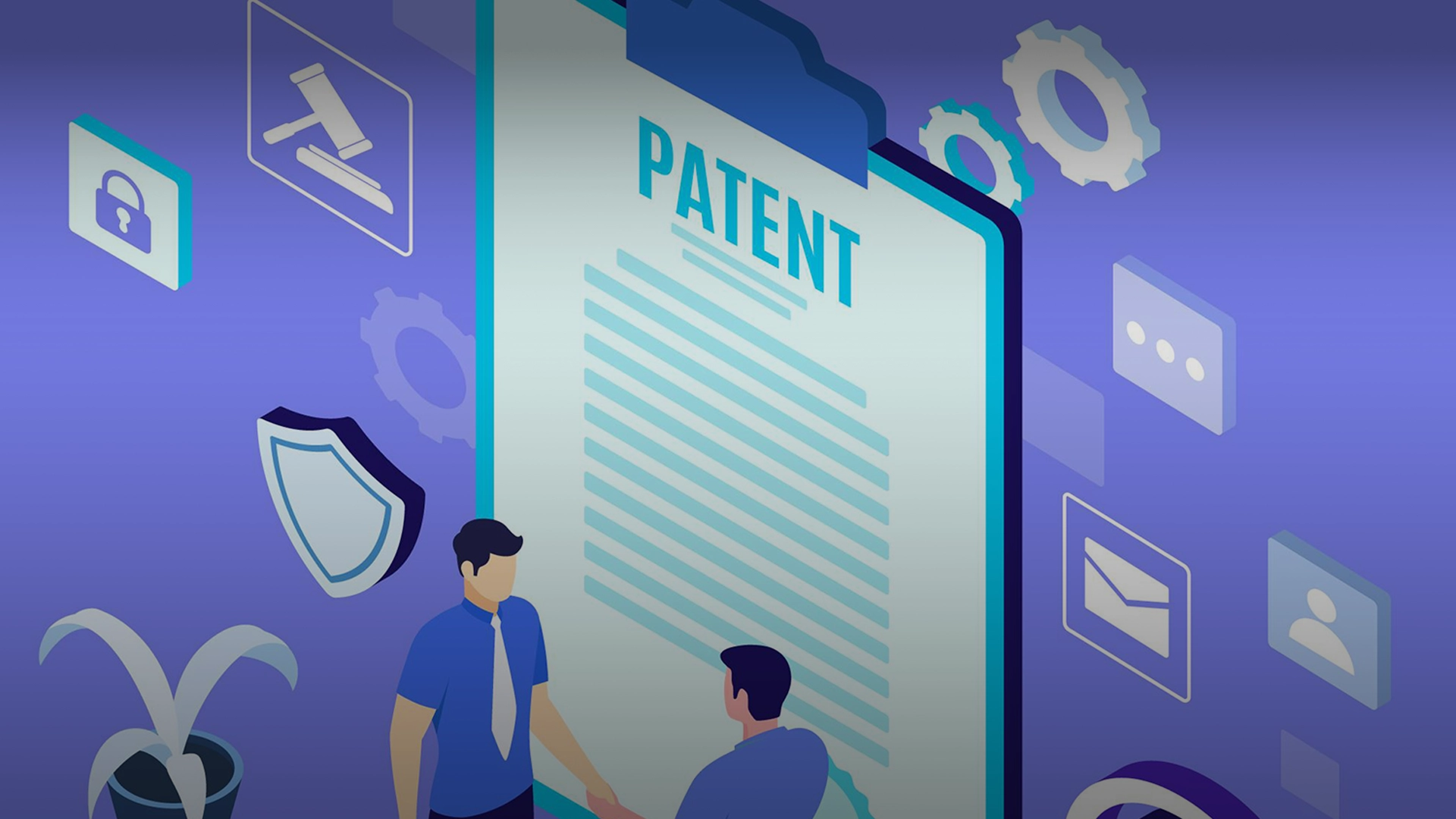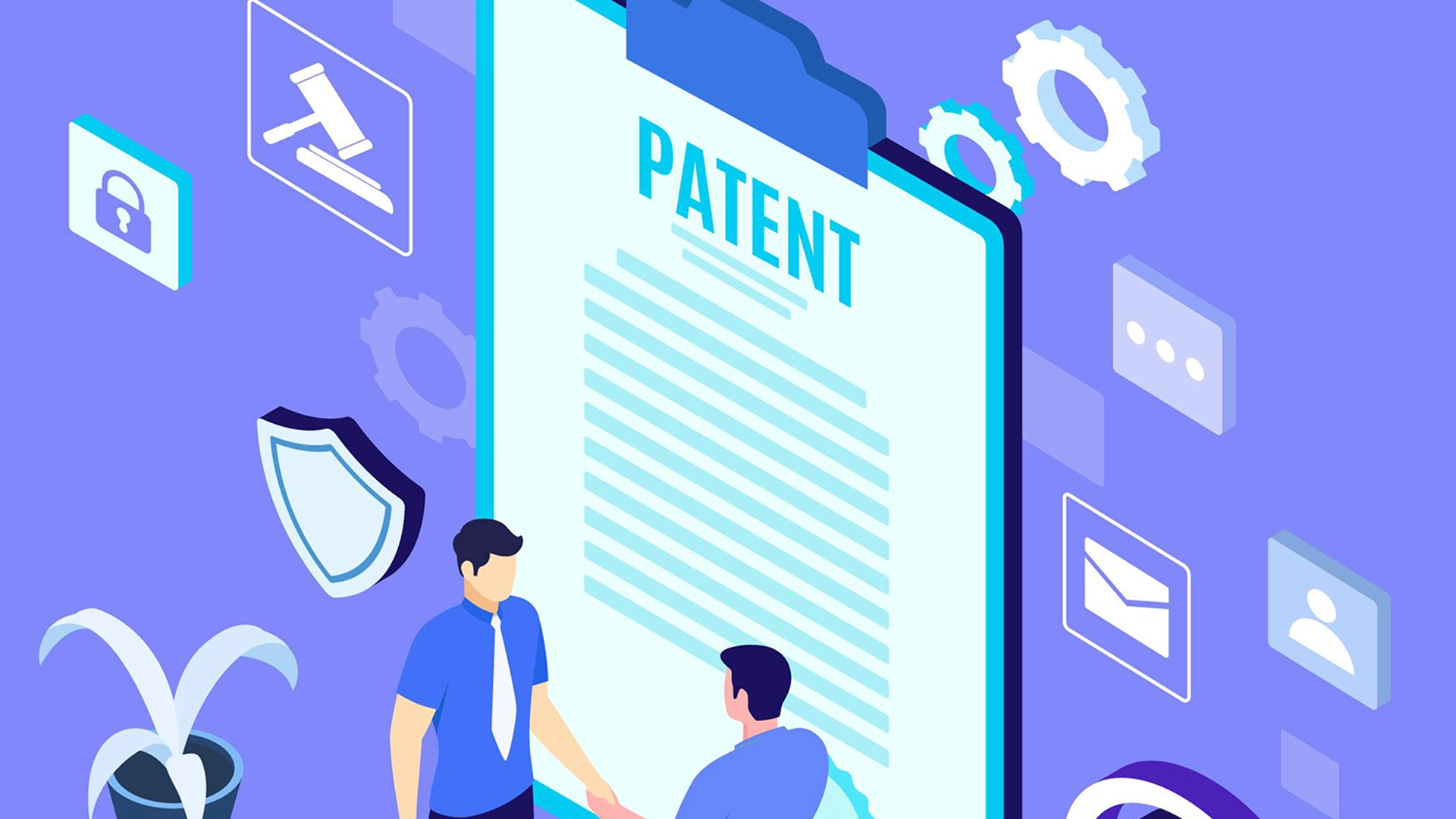Med-Tech companies invest time and money in producing a medical device that is attractive to consumers or medical professionals—it usually needs to be ergonomic, eye-catching, or fit a general product line. A medical device patent can protect how an item is used or how it works, but medical device companies that strategically obtain design patents implement protection of their medical device IP portfolio.
Obtaining a design patent for a medical device can increase the value of a medical device design and erect barriers to entry for competing products. It also helps provide solutions to more specific problems in the medical industry.
WHAT IS A MEDICAL DEVICE DESIGN PATENT?
Design patents are a form of legal protection that covers a visual or ornamental feature related to the aesthetics of a product, i.e. it covers what makes that device unique. For example, the design patent for a product such as a defibrillator, protects the shape and aesthetics of the defibrillator and not its functional features such as the charging/discharging system.
A design patent may cover only a part or subassembly of the medical device, rather than the device as a whole, and its application consists mainly of drawings and very little text, except for a short sentence describing each drawing.
A medical device design patent in Europe provides protection for five years and can be renewed four more times, while in the USA it expires in 15 years and no further action is required to keep the design patent in force.
WHEN CAN THE DESIGN OF A MEDICAL DEVICE BE PATENTED?
The appearance of the medical device must be unique enough to be protected by a patent. Here are the main characteristics that the medical design must have:
- It is a novel.
- It is not of functional importance to the medical device.
- It is not obvious.
- It doesn’t include any scandalous or obscene subject matter.
- It has not been presented to the public before or in any other way.
- It is visible on the device when it is in use.
A medical device patent can also be considered if the product has an inventive step or has a utility patent. Even if the technology is protected, someone could copy the design and modify the technology to circumvent the utility patent. This could lead to confusion between products and loss in profits.
WHY PROTECT YOUR MEDICAL DEVICE WITH A DESIGN PATENT?
A Design Patent gives the owner of the medical device the right to prevent others from making, using, or selling a product that is not distinguishable by an ordinary observer.
Here are the main reasons to consider a design patent for a medical device:
1. Protect the investment. Product design can have a major impact on market acceptance and success. If your company has invested in design-oriented R&D and market research, filing a medical device design patent application allows you to protect the investment that has been made. Design patents allow medical device companies to obtain and make the most of the returns on that investment.
2. Prevent imitations through distinctiveness. People who use medical devices every day can distinguish between different brands and models by considering only the appearance of the device.
The design and appearance of a product, and whether that appearance ‘fits’ with the rest of the products, influence brand loyalty and purchasing decisions. A medical device patent can prevent others from copying or creating something that looks like your design, thus preventing imitations of your product line.
3. protect your medical device IP (Intellectual Property) faster. Design patents can be obtained more quickly than utility patents. It usually takes several years for the U. S. Patent and Trademark Office (USPTO) to examine your utility application. Although there are also delays for design patent examination, they are usually shorter.
4. Effective remedies. The consequences of design patent infringement are more severe than those for utility patent infringement. For example, a design patent plaintiff who wins can recover all of the infringer’s profits for selling the infringing design. A utility patent owner, on the other hand, usually recovers only a reasonable royalty for infringement or, under certain circumstances, the profits he lost, but can never obtain the infringer’s profits. Thus, the threat of losing all profits is a big problem that makes the infringer of a design patent try to find a settlement in a short time.
The medical device landscape is dynamic and crowded, so to stand out from the other competitors you need a distinctive design. Consumers prefer the ergonomics and ease of use of products. Sometimes utility patent applications may need to be restricted, or patents may not be available for certain aspects of your medical device, but by strategically procuring medical device design patents, companies can add a protective competitive advantage to their patent portfolios and also add value to their company’s bottom line.
If you’re looking for an expert in industrial design and visual brand language who can also support you with patent applications, Creanova is here for you. Creanova’s designers integrate Italian design, creativity and a Human-Centered approach into innovative and intuitive medical devices, which have been awarded the most prestigious design awards.
The interconnection between the design team and the engineering and manufacturing team ensures a producible medical device at an early stage.
Contact us to learn more!

